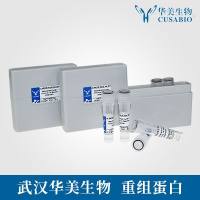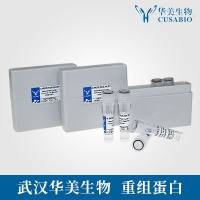Homeoprotein Intercellular Transfer, the Hidden Face of Cell-Penetrating Peptides
互联网
互联网
相关产品推荐

N_P_PA/N_P_PA蛋白Recombinant Human Natriuretic peptides A (N_P_PA)重组蛋白Atrial natriuretic factor prohormone;Atrial natriuretic peptide prohormone;Atriopeptigen ;Cardiodilatin;preproCDD-ANF蛋白
¥1836

Hemagglutinin/HA重组蛋白|Recombinant H1N1 (A/California/04/2009) HA-specific B cell probe (His Tag)
¥2570

Recombinant-Drosophila-melanogaster-CAAX-prenyl-protease-2SrasCAAX prenyl protease 2 EC= 3.4.22.- Alternative name(s): Farnesylated proteins-converting enzyme 2; FACE-2 Prenyl protein-specific endoprotease 2 Protein severas
¥11466

Recombinant-Rhizobium-sp-Probable-conjugal-transfer-protein-trbItrbIProbable conjugal transfer protein trbI
¥12614

Recombinant-Drosophila-melanogaster-Tachykinin-like-peptides-receptor-99DTakr99DTachykinin-like peptides receptor 99D Alternative name(s): dTKR
¥13398
相关问答

